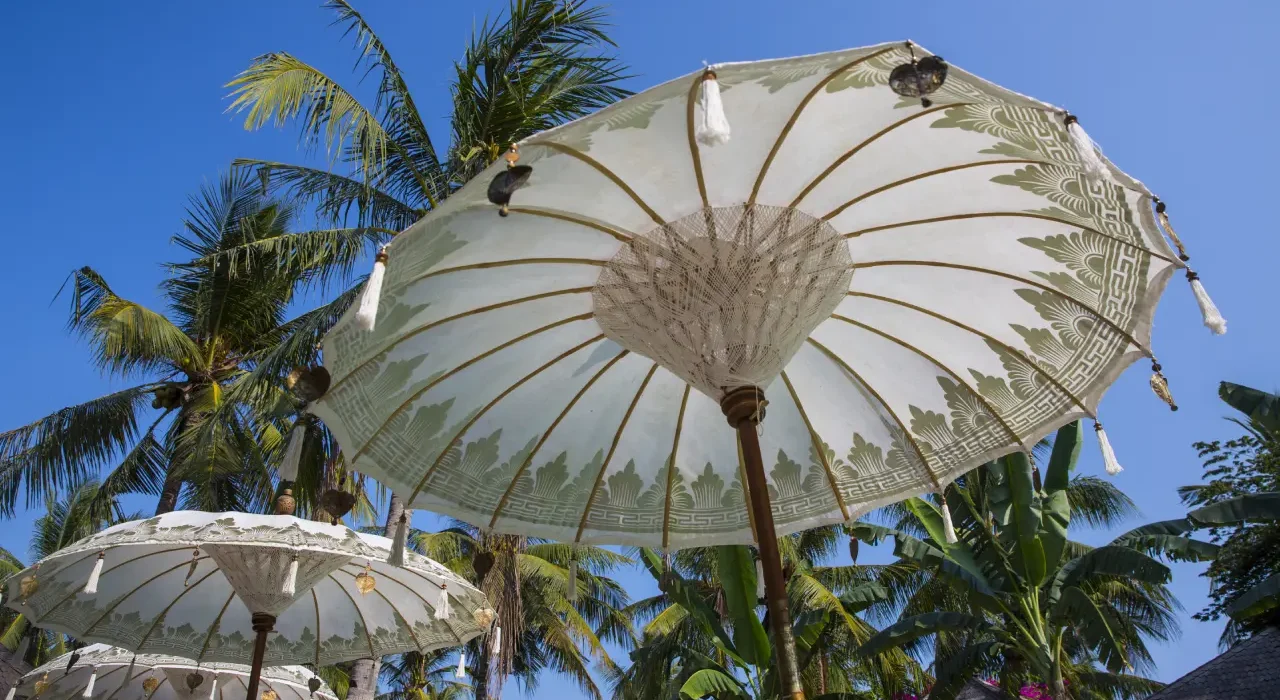With peak and off-peak periods influenced by international and domestic tourism, Bali offers strategic investment windows where specific sectors thrive. Knowing the best seasons to invest in Bali, that allows investors to anticipate high foot traffic, adjust pricing strategies, and capture revenue during peak seasons while identifying opportunities during quieter months that attract niche audiences.
Bali’s dynamic tourism seasons reveal lucrative periods for diverse business types, from luxury accommodations and eco-tourism ventures to wellness retreats and cultural tourism. Want to know the best seasons to invest in Bali? This guide breaks down the peak tourist seasons, how weather and cultural events impact the island, and when to capitalize on the opportunity.
Overview of Bali’s Tourism Seasons

- High Season (July-August, December-January)
The high season is Bali’s busiest period, drawing international tourists from Europe, Australia, North America, and beyond. With perfect weather and plenty of outdoor activities, this time of year sees full hotels, bustling beaches, and crowded streets. During this ideal season for Bali investments, hospitality, dining, retail, and tourism-related services can generate substantial profits. High-end dining, luxury villas, and nightlife venues perform exceptionally well in this period, as travellers are often willing to spend more on unique experiences.
- Shoulder Seasons (April-June, September-October)
These months bring steady, moderate crowds who favour quieter experiences without peak-season prices. This period is an ideal season for Bali investments focused on experiential and eco-tourism. Investors can benefit from focusing on niche markets, such as yoga retreats, guided hiking tours, and wellness programs, which attract tourists seeking a less commercialized experience. Events like the Bali Spirit Festival also occur during these months, adding further appeal to travellers interested in wellness and cultural immersion.
- Low Season (February-March, November)
The low season can be ideal for Bali investments aimed at the local market and tourists looking for affordable, off-peak experiences. This period is perfect for budget accommodations, wellness retreats, and attractions that appeal to long-stay visitors. These months allow businesses to capture domestic foot traffic and implement cost-effective promotions to attract local guests.
International Tourism Patterns and Their Impact on Investment

- European, Australian, and American Tourists
Tourists from these regions prefer visiting Bali during summer (July-August) and winter holiday breaks (December-January). These periods mark the high season and an ideal season for Bali investments targeting high-spending tourists. Sectors like luxury dining, beach clubs, resorts, and private villa rentals are popular among these visitors, especially given their tendency to indulge in high-end experiences while on vacation.
Investors should consider expanding offerings that appeal to these markets, such as premium spa services, private island tours, and watersport rentals.
- Asian Markets
Due to shorter travel distances, tourists from Asia, particularly China, Japan, and South Korea, visit Bali year-round. While these tourists arrive throughout the year, peak times for Asian visitors often coincide with regional holidays. This year-round interest from nearby countries makes Bali an appealing destination for a steady flow of tourists, creating consistent investment opportunities.
Investors can capitalize on this by developing offerings that appeal to Asian travellers, such as shopping centres, fusion restaurants, and cultural tours. This is an ideal season for Bali investments focused on shopping, dining, and experiences that cater to group travel preferences and cultural interests.
- Opportunities in Niche Markets
International travellers increasingly seek unique experiences, such as eco-tourism, volunteering, and community-based travel. These travellers tend to stay longer and engage in sustainable activities. Investors can explore this ideal season for Bali investments in eco-resorts, volunteer tourism, and cultural workshops throughout the year, targeting travellers interested in meaningful, immersive experiences beyond traditional tourist attractions.
Domestic Tourism Trends and Investment Opportunities

Domestic tourism is growing in Bali, driven by Indonesian tourists from Jakarta, Surabaya, and Bandung. This segment is particularly active during school holidays, long weekends, and national holidays, making these times an ideal season for Bali investments aimed at domestic travellers. The domestic market often favours family-friendly accommodations, budget hotels, and attractions with a local touch, presenting opportunities for businesses catering to family tourism.
Additionally, culinary tourism and cultural attractions are significant draws for Indonesian tourists. Restaurants offering authentic Indonesian cuisine, traditional art markets, and entertainment venues highlighting Balinese culture are popular. Investors can capture the attention of domestic tourists by providing experiences that appeal to local tastes.
Seasonal Events and Their Relevance to Investors

- Nyepi (Day of Silence, March)
Nyepi, Bali’s unique Day of Silence, is a major attraction for tourists interested in experiencing Balinese culture firsthand. This event is an ideal season for Bali investments in cultural experiences, hotels offering special Nyepi packages, and temple tours.
- Bali Arts Festival (June-July)
The Bali Arts Festival celebrates Balinese heritage and draws in a crowd of art enthusiasts, both local and international. This month-long event is an ideal season for Bali investments in art galleries, cultural spaces, and performance venues. Workshops, exhibitions, and craft markets perform well during this time as tourists look to engage with Balinese culture on a deeper level.
- Other International Events
Bali also hosts festivals like the Ubud Writers & Readers Festival and Bali Spirit Festival, both of which attract audiences with specific interests. These events support an ideal season for Bali investments in wellness tourism, literary spaces, and boutique accommodations, allowing investors to cater to well-defined, high-value markets during these times.
Climate Conditions and Their Effects on Tourist Activity

Bali’s tropical climate significantly affects tourist behaviour. The dry season, spanning from May to September, is the most popular time for visitors. It offers clear skies and pleasant weather, making it an ideal season for investments in outdoor activities like surf schools, beachfront dining, and adventure tourism.
- Wet Season (October to April)
Although rain deters some international tourists, the wet season still attracts long-term travellers and those interested in Bali’s wellness scene. These months are ideal for investments in wellness centres, yoga retreats, and spa services. Businesses in these sectors can capture the attention of tourists who prioritize relaxation and wellness. This makes it an ideal season for Bali investments focused on long-stay, holistic tourism.
Best Seasons to Invest in Bali
High and shoulder seasons present prime opportunities for Bali investments in hospitality, luxury, and eco-tourism. In contrast, the low season caters to niche markets like wellness and local tourism.
Recognizing the best season for Bali investments allows for bright, targeted approaches that align with tourist behaviours, local events, and seasonal trends, helping investors make the most of Bali’s diverse and ever-evolving market.
Tag: best seasons to invest in bali, investment bali


